From greasy pizza boxes to confetti: tips to make your recycling count
We all want to do the right thing, and that includes separating our recycling. But getting over-enthusiastic about what we chuck in the yellow-lidded bin can cause more harm than good, by contaminating the recyclables with plain old rubbish or jamming up the sorting machinery.
Here are some tips for making your recycling count:
If it’s smaller than a tennis ball, bundle it up
Anything under 5cm diameter can fall through the sorting machinery. To keep it all together, bundle up the little bits - remembering to keep like substances together.
Plastic
Put little bits of plastic like bottle lids, pen caps and bread tags inside a plastic bottle, then put the lid on.
Foil
Scrunch up bits of alfoil and foil lolly wrappers into a tennis ball-sized lump.
Tin cans
Tin cans and ring pull lids can go inside other cans, then squish the top shut to keep them together.
Paper
Bundle clean, staple-free paper inside a paper bag, then fold the top down to seal.
Shredded paper
Tiny bits of paper like shreddings and confetti can’t be recycled - they fly everywhere during sorting, contaminating everything else. Instead, try using them as garden mulch.
Pizza boxes
Paper and cardboard needs to be clean - that means no greasy stains. So the top of the pizza box is probably fine, but chuck the grease-soaked bottom in the rubbish instead.
Keep it clean
Everything going into the yellow bin needs to be clean. If containers have food/drink reside, give them a rinse while you’re doing the dishes to clean them out.
Where does it go?
Rockhampton’s recyclables are sorted and baled at the Materials Recovery Facility in Parkhurst.
From there teel, aluminium, paper, cardboard and plastic are sold to companies in Australia for processing, and from there on-sold (within Australia or overseas) to be made into new products.
Glass is sorted, crushed, and used in local council works projects, including a protective layer over landfill linings which would otherwise have otherwise been made from sand harvested from the local area.
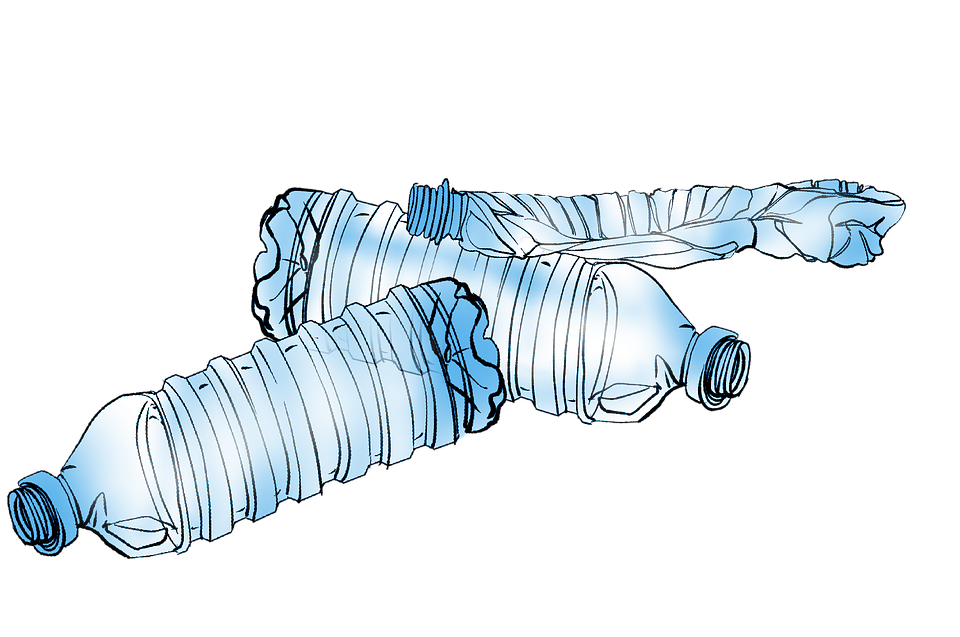
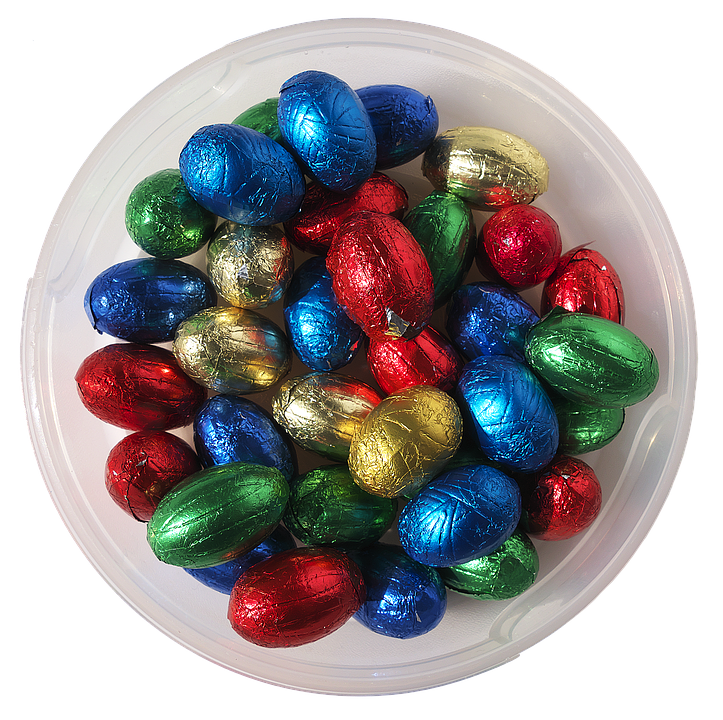
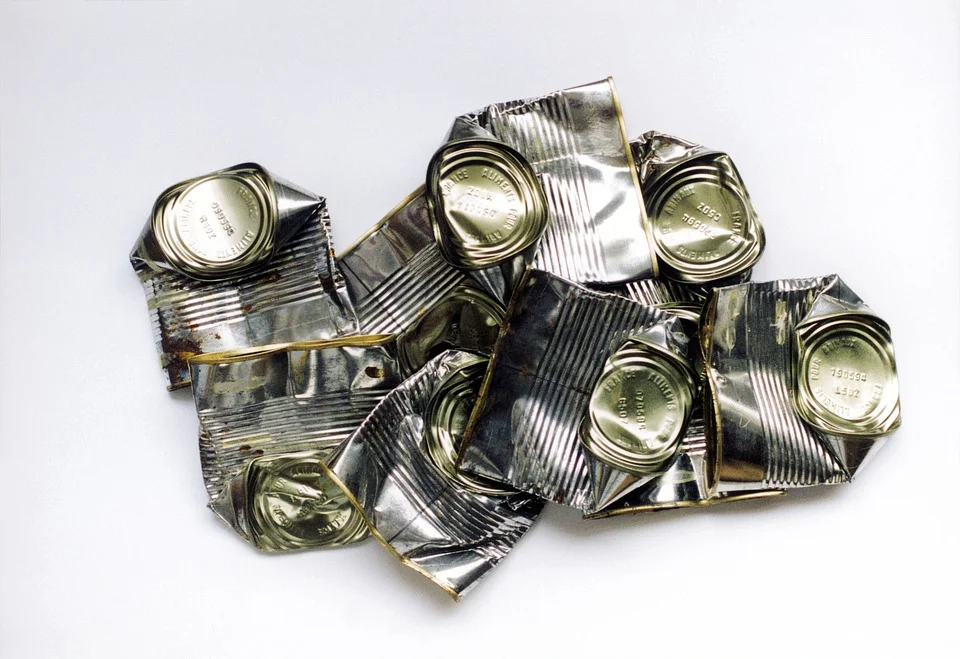
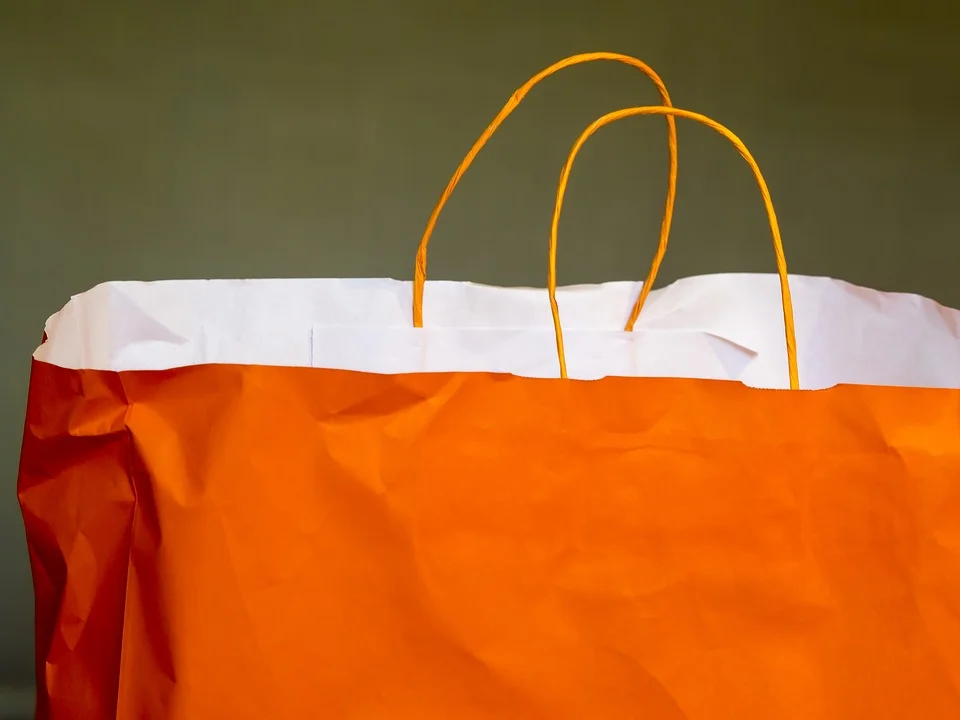
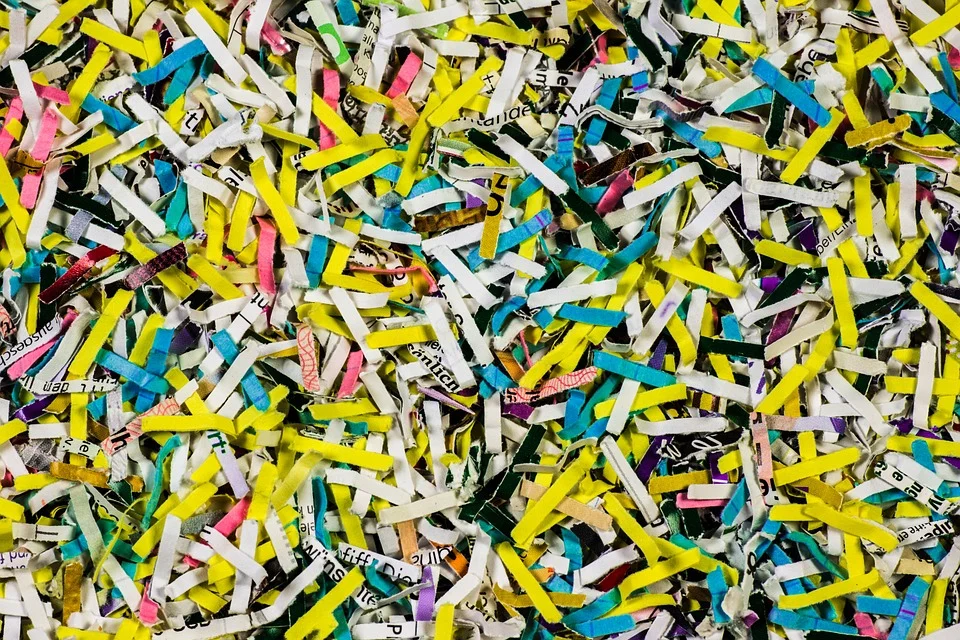
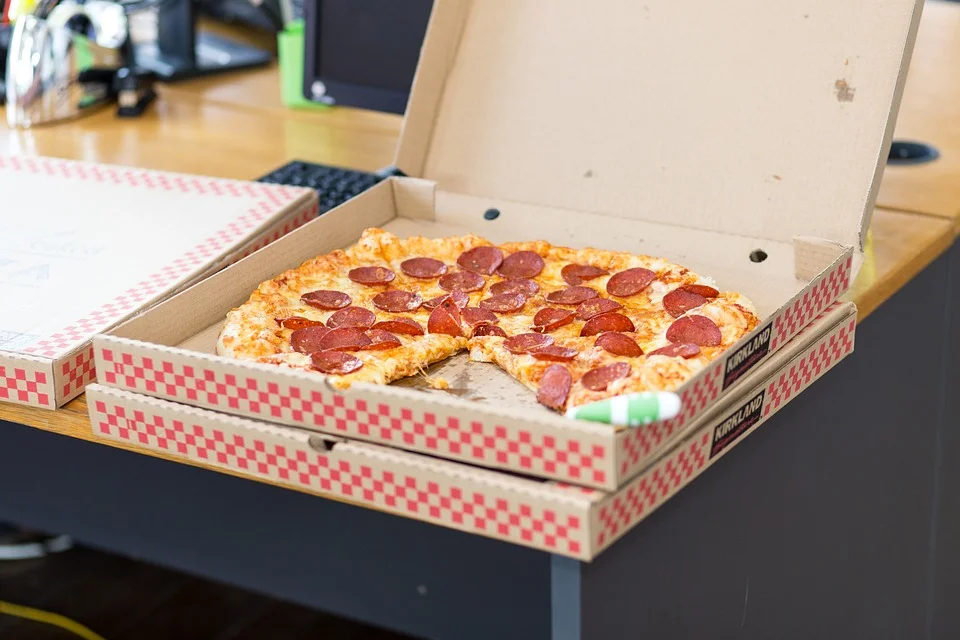











A massive bread tag has been spotted snagged around the Yeppoon foreshore's Spirit Stone sculpture.